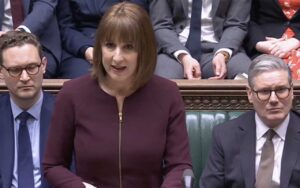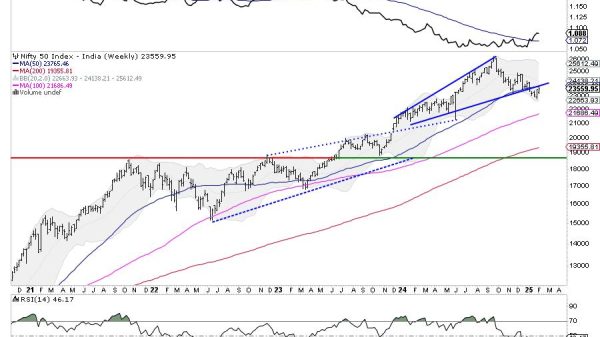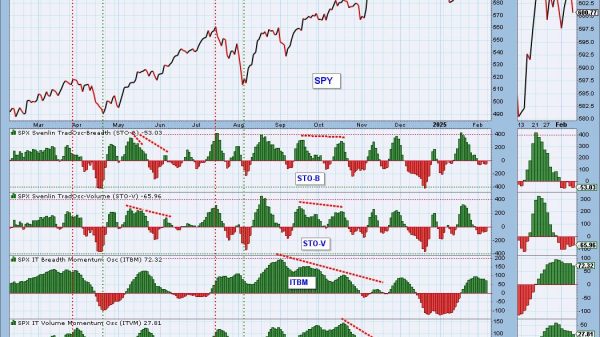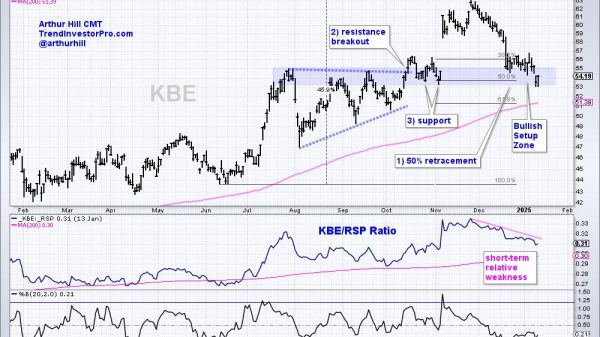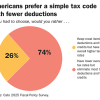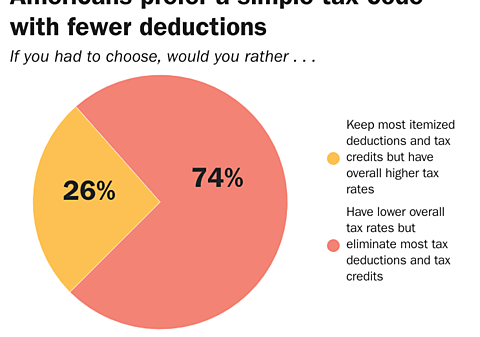
UK house prices climbed 3.9 per cent year-on-year in March as a flurry of buyers rushed to complete property purchases ahead of stamp duty threshold changes coming into effect on April 1, according to the latest figures from Nationwide.
The average price of a UK home now stands at £271,316, unchanged from February, but flat month-on-month as momentum slowed towards the end of the month when many buyers realised they could no longer meet the deadline.
From this month, first-time buyers in England and Northern Ireland will begin paying stamp duty on homes costing over £300,000, down from the previous £425,000 threshold. For all other buyers, the tax-free limit drops significantly from £250,000 to £125,000.
The changes will hit buyers in high-value areas like London the hardest. The average first-time buyer in the capital now faces a £6,250 rise in stamp duty, with their bill jumping from £2,752 to £9,002.
Robert Gardner, Nationwide’s chief economist, said: “The market is likely to remain a little soft in the coming months since activity will have been brought forward to avoid the additional tax obligations – a pattern typically observed in the wake of the end of stamp duty holidays.”
Despite the temporary slowdown, house prices are now just £2,435 below their record high from summer 2022 and at their strongest level since Liz Truss’s mini-budget, which caused house prices to plunge as mortgage rates soared.
Since then, the market has steadily recovered, buoyed by falling mortgage rates and renewed consumer confidence. Jennie Daly, CEO of housebuilder Taylor Wimpey, said demand is returning as people who had delayed moving during the cost-of-living squeeze are finally taking the plunge.
Gardner echoed this sentiment, saying: “With low unemployment, rising real wages, strong household balance sheets and the prospect of lower borrowing costs, we expect activity to gradually pick up as the year progresses.”
Anthony Codling, an analyst at RBC Capital Markets, noted that major housebuilders are preparing to expand, signalling confidence in the market outlook. Persimmon recently said it plans to increase output to up to 11,500 homes this year, up from 10,664 in 2023.
Regional trends showed Northern Ireland leading the way with a 13.5% annual price rise, bringing the average home there to £205,796. In England, the North West was the strongest performer with 5.9% growth, while London lagged with just 1.9% annual growth to £529,369.
However, Ashley Webb, economist at Capital Economics, predicted London and the southeast would outperform over the next two years, as falling mortgage rates boost affordability in these higher-priced markets.
While the stamp duty changes have temporarily distorted buyer behaviour, analysts believe underlying market fundamentals remain resilient — especially as interest rate cuts edge closer and more buyers return to the market.
Read more:
UK house prices rise 4% as buyers rush to beat stamp duty deadline

